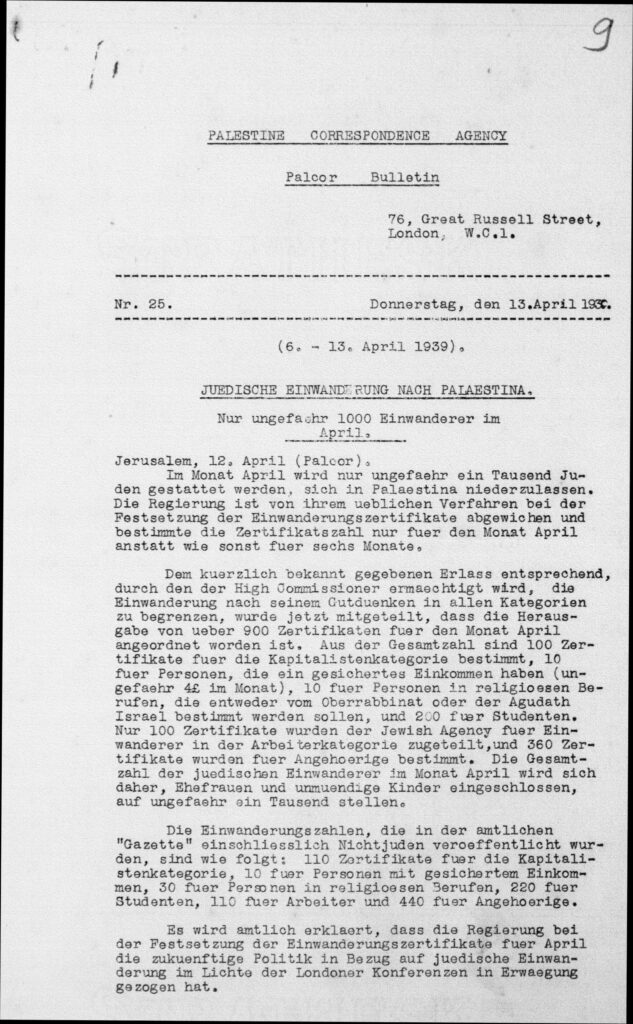

Let's Talk!
If you have questions about using Gale LibGuides or A-to-Z list import files, please feel free to reach out to Gale's Academic Outreach & Engagement team. We are happy to help you customize, copy, share and upload materials to your Institution's site.
This collection reflects the essential dynamism of Jewish political and social life in interwar Poland from its development, following the reestablishment of Polish independence in 1918 through to the Holocaust. The collection focuses on one of the most politicized Jewish communities of interwar Poland: Eastern Galician Jewry and its capital in Lviv, which was then the third largest city in Poland.
![The Jewish quarter after the November 1918 Pogrom in Lviv, 1918. [Photograph].](https://review.gale.com/wp-content/uploads/2024/09/The_Jewish_quarter_after_the_November_1918_Pogrom_in_Lviv.jpg)
Derzhavnyj arkhiv Lvivskoji oblasti, (2012), The Jewish quarter after the November 1918 Pogrom in Lviv, 1918. [Photograph]. Wikimedia Commons.
One should note the variety of designations given to the city of Lviv through history: ‘Lemberg’ under Austrian rule (1772-1918), it became ‘Lwów’ during the Polish Republic (1918-1939), ‘Lvov’ under Soviet occupation (1939-1941), ‘Lemberg’ under German occupation (1941-1944), ‘Lvov’ in the Soviet Union (1945-1991), and finally ‘Lviv’ in independent Ukraine (1991-). The changes in the city name alone are an indicator of the turbulent history of the community. For clarity, the city will be most often referred to by its contemporary name, Lviv.
Ukrainian Archives: Road to Palestine is comprised of materials in Hebrew, Yiddish, German, Polish, and occasional English-language documents from multiple smaller collections. Most documents deal with the Lviv province and city where the Jewish population numbered nearly 100,000 and represented almost a third of the population. The Jewish population was surrounded by a Polish majority and a significant Ukrainian minority in the city, while the province itself was made up mostly of Ukrainians.
![53 Jewish orphans at Lwów, [Negative].](https://review.gale.com/wp-content/uploads/2024/09/53-Jewish-orphans-at-Lwow-btw-1920-1925.jpg)
Bain News Service, (1900), 53 Jewish orphans at Lwów, [Negative]. Library of Congress.
The documents describe the Lviv branches of Jewish emigration institutions that helped Jewish people on their road to Palestine. They provide detailed legal, financial, and personal information about organizations working towards aliyah, that is, emigration to Israel. Among them are the Jewish Emigrant Aid Society, the Association of Palestine Rebuilding Keren Hayesod, and the Regional Zionist Organization of Lviv.
Similarly, the collection supplies information on youth, pioneer, and scout associations concerned with the education, upbringing, and professional training of young people for emigration to Palestine. Societies such as Hakhaluts (the Pioneer), Hano’ar Hatsioni (Zionist Youth), Hano’ar Ha’ivri (Hebrew Youth), and Hakhaluts Khaklai Tsioni (Zionist Pioneer in Agriculture) were all active in accelerating the politicization and secularisation of the Jewish generation born after World War I.

Palestine Telegraph Agency Newsletter to London. 1939. TS Road to Palestine: Zionist Organizations, Lviv, Ukraine, 1908-1939: Record Group 338 Inventory 1: Regional Zionist Organization, Lviv (Крайова Сіоністська организація, м. Львів) 24/114. Central State Historical Archive of Lviv. Archives Unbound.
The emphasis on the regional aspect of the development of Zionism in Poland can be used by scholars, whether historians, sociologists, or political scientists, interested in comparative research with the addition of new elements to a comparative history of the development of Zionism according to its local and regional roots in Poland.
The history of the Jewish community in Lviv was rich and vibrant, but ultimately tragic. While a limited number of people were able to find their way to Palestine, the Jewish population in Lviv was almost entirely murdered in the Lviv ghetto from November 1941 to June 1943 by Nazi forces with the active collaboration of Ukrainian nationalists.